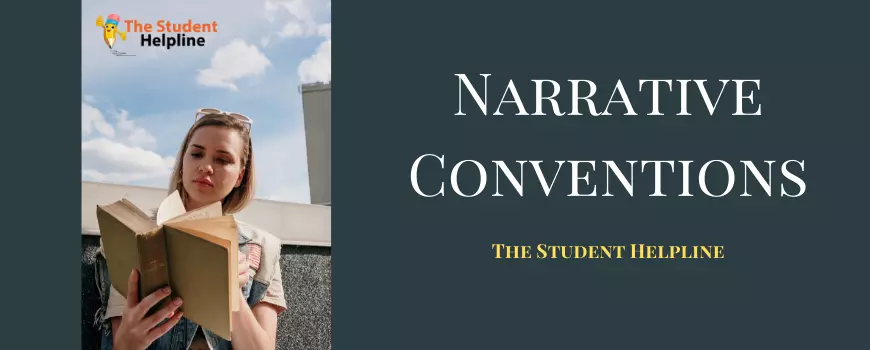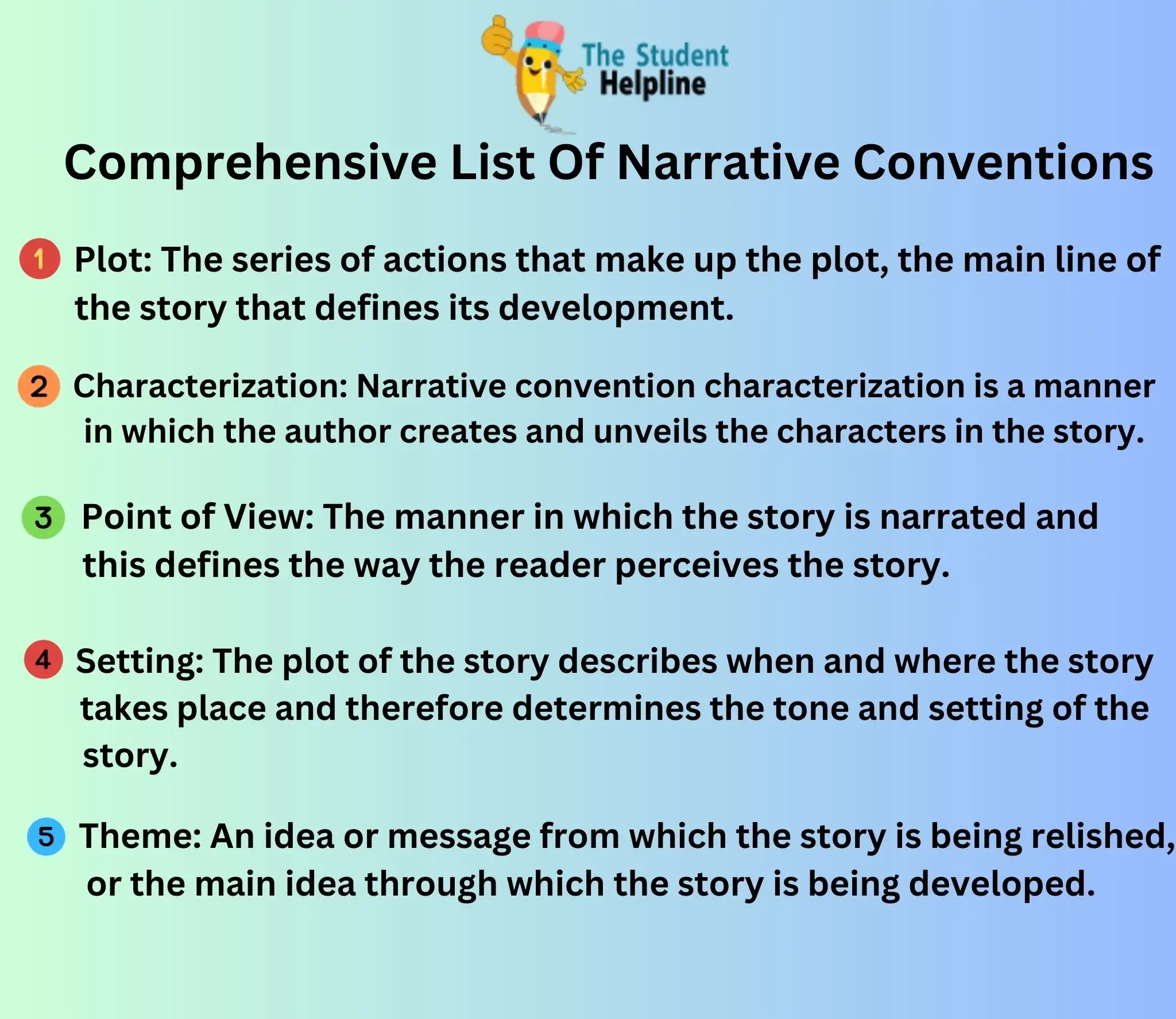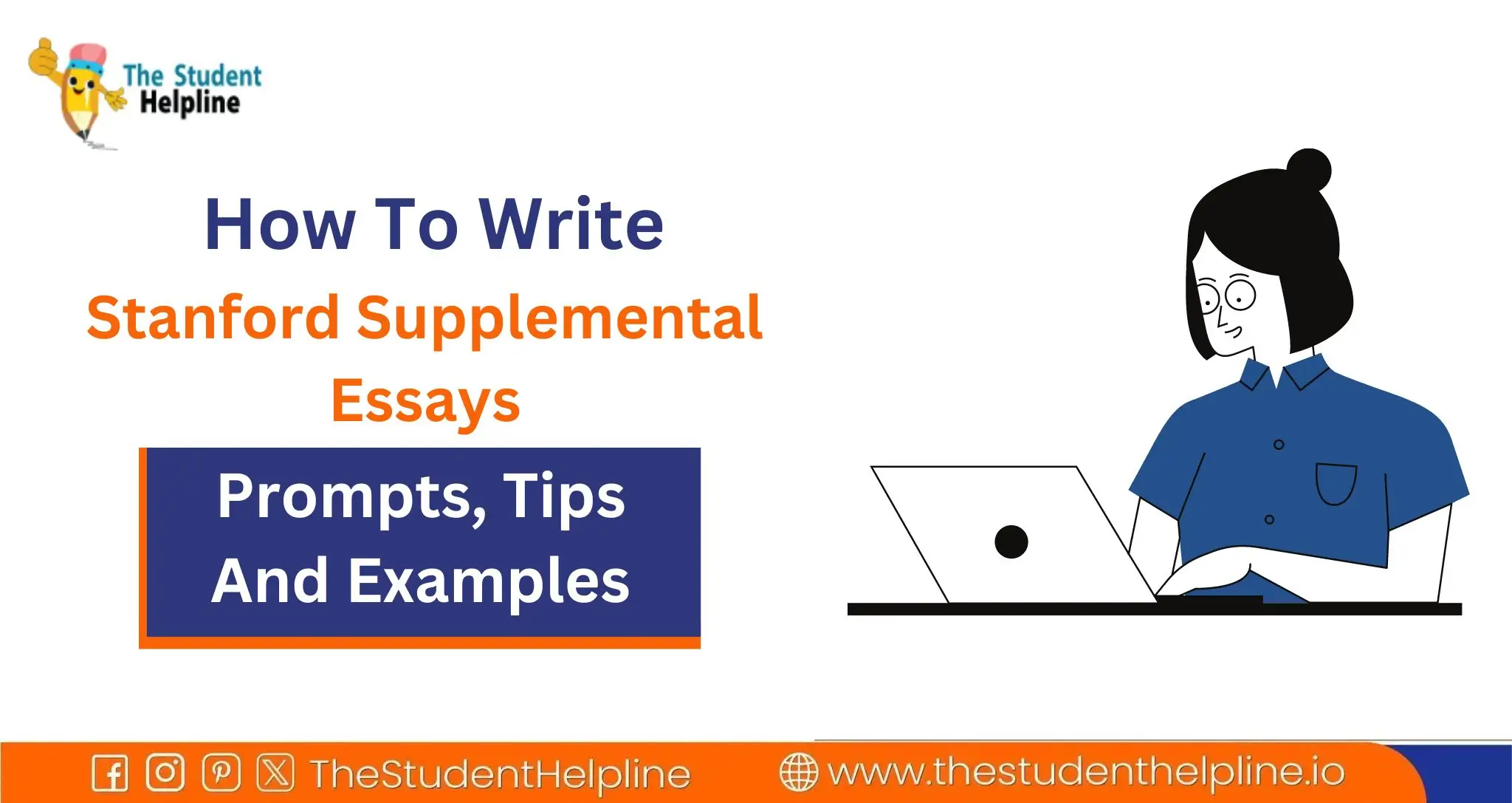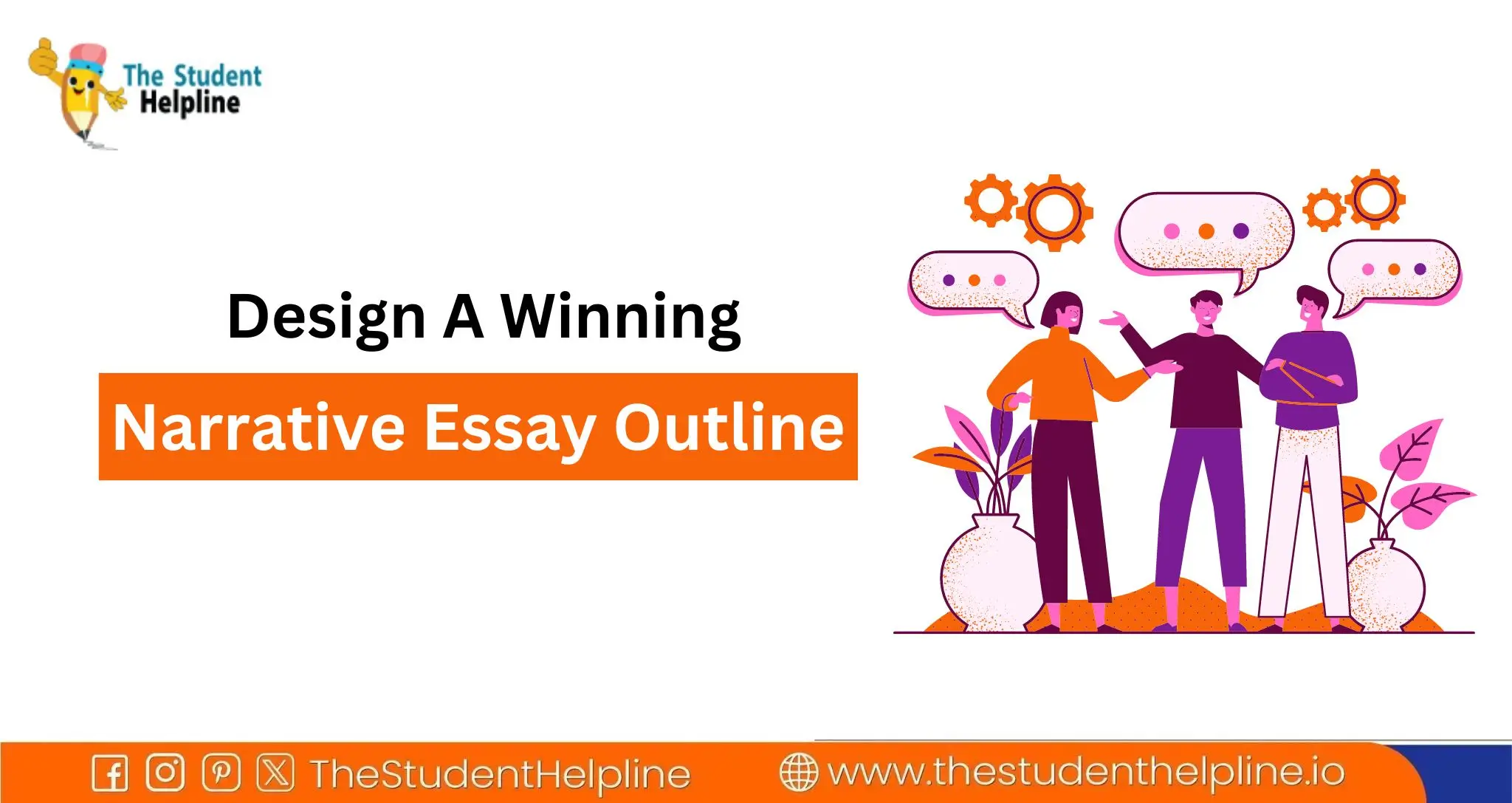What Are Narrative Conventions
2022-01-10

Hey, writers and readers out there! You must be wondering about the next book you will read or write. Okay, if you are not, then you must be trying to get yourself out from the last book you read or the last movie you watched. Yes, the emotions you are still feeling straightaway in your heart right now are all because of narrative conventions used by writers. Now, as you know, the secret behind your attachment to a book or a movie is all because of a technique; you are now getting more excited to see each aspect of it. Well, the wait is now over! We are providing you with all the information about literacy conventions in this blog only.
The narrative is the most basic aspect of reading, writing, and of course, thinking. The way we think and react is all set because of narrative conventions. In layman language, it is a technique of writing through which the writer narrates the story and various events in sequential order. The important factors include plotting the characters, arranging the events in order, using a particular theme, and many more.
What Are Narrative Conventions? Definition, Meaning Examples
Narrative conventions are employed in English literature to provide a contextual flow to the written account of events. Such conventions of narrative include plot structure, characterization, and point of view, which define how stories are told. Some of the examples of narrative conventions include foreshadowing and nonlinear narrative which are used to engage the readers and communicate meaning to them.
Knowledge of these techniques improves the ability to tell narratives and analyse data. For more information on English narrative conventions and other important concepts of literature, connect with The Student Helpline narrative convention experts wholl be your one-stop source for academic and creative writing help.
Why Is Narrative Important?
We all tend to feel some emotions and get attached to stories. If we are not connecting with the stories we read, there is no point in reading or writing. Through narratives, only we can convey a meaningful message so that the audience can understand and connect with it. Even when our grandmother narrates old-time stories to us, narrative conventions are used to convey emotions and feelings.
Another narrative convention example can be of our professor when they explain to us some concepts differently. They try to make us understand the concepts, and hence narratives are used.
With these examples, we come to understand that it is used in literature and in our day-to-day scenario.
Components Of A Narrative Conventions
Let us first break down the primary conventions for you. The list of narrative conventions that comes under the head of primary are as follows:
- The setting of time and place - Time refers to the period during which the story takes place whereas, the place defines the location at which the story takes place. Both are considered as the backbone in the framing of the write-up. The place and time can be any depending on the situations and events of the story.
- The next in the queue comes to the plot development. Writing gets the best results only when there is a thrilling climax, complications, and falling off the tension. Without proper plotting, the story will convey no meaning to the audience.
- To make the story sounds interesting and engaging, conflicts are added. It means the argument against two characters is out shown so that the write-up will have some turning points.
- There must be a solid point of view of writing your content or story.
- A story without characters is like a jam without bread piece. There are always two characters; one is called the protagonist, and the other is an antagonist. The superstar of the whole plot is the protagonist, and the supporting characters or villains are referred to as antagonists. Both the characters are opposite to each other for bringing evil into the plot.
- It is advisable for writers to use descriptive language to express their thoughts and feelings as the name suggests; descriptive means to describe the details if required.
- The next important factor comes to the theme: the basic idea or concepts around which the story involves.
- For bringing life to the characters, the element of characterization is used. The way they speak, act and respond in the story directly impacts readers' minds.
The language conventions list doesn't end here. Below are some more items that are on the same list.
Comprehensive List Of Narrative Conventions

The narrative conventions list contains the basic tools that writers use to create interesting stories. It is important for authors and readers to comprehend these English narrative conventions. However, there are many techniques, but paying attention to the 5 conventions of the narrative will be a good start. The following are the core conventions:
- Plot: The series of actions that make up the plot, the main line of the story that defines its development.
- Characterization: Narrative convention characterization is a manner in which the author creates and unveils the characters in the story.
- Point of View: The manner in which the story is narrated and this defines the way the reader perceives the story.
- Setting: The plot of the story describes when and where the story takes place and therefore determines the tone and setting of the story.
- Theme: An idea or message from which the story is being relished, or the main idea through which the story is being developed.
- Dialogue: The dialogue is what the characters use to express themselves through their different personalities, developing the story and giving information.
- Symbolism: A literary device in a narrative convention where one thing is used to stand for another thing, which is usually more abstract.
- Foreshadowing: Foreshadowing is the act of providing suggestions in the early part of the story that may point to events or developments that are yet to occur.
- Flashbacks or Flash-forwards: Flashbacks and flash forwards that alter the temporal sequence to show past or future events.
- Conflict: The primary conflict or issue that defines the plot and the characters.
English Narrative Conventions Language Features
Conventions of narrative writing involve the use of language features that can capture the attention of the audience and make the story interesting. These narrative conventions determine how stories are presented and received. Language and narrative convention help to build engaging, realistic stories that would be interesting to the audience.
Some of the key language features of the writing in the narrative convention, along with brief explanations, are listed below.
- Descriptive: The conventions of narration are those literary devices composed of words and phrases that are concrete and descriptive, thus enabling a picture to form in the reader's mind.
- Figurative Language: Metaphors, along with other types of language that help to make the text semiotically dense and multilayered in meaning.
- Sensory details: Adjectives connected to the five senses that give the readers a feel of the real sense of the story.
- Dialogue: The conversations between characters that bring out the character's personality and the development of the story.
- Emotive language: The English narrative convention shows emotive words that appeal to the readers' emotions, making them feel something.
- Narrative voice: This is the particular voice in which the story is being told, and it relates to the general atmosphere or mood of the story.
- Tense: All the stories are written in the past tense, though the author is free to use any other tense.
- Sentence structure variation: Narration convention sentence structure variation is the use of simple, compound and complex sentences to create rhythm and emphasis.
- Literary Devices: Elements such as alliteration rhyme, assonance rhythm, or onomatopoeia buzz add to the auditory quality of the story.
- Perspective markers: Words that signal the perspective of the narrator, for example, first-person pronouns like ‘I.
Examples Of Narrative Conventions For Better Understanding
Narrative Essay Example 1: Characterization of Narrative Conventions in Film
In The Lion King, the story of Simba is a perfect example of the heros journey narrative essay structure. He is depicted as a playful and innocent cub at the start of the story and then he grows up to be a responsible and mature cub after going through certain tests and rites of passage. This journey shows the transformation that has taken place in him, and this is a common feature in the narrative.
Narrative Essay Example 2: Conflict and Resolution in a Novel
In the novel Pride and Prejudice by Jane Austen, the major conflict is Elizabeth Bennets prejudice and Mr. Darcys pride. The resolution is reached when both the characters have changed for the better and the two characters come together. Conflict and resolution are some of the most common techniques used in the writing of literature.
Genre-Specific Narrative Conventions In Media
Narrative genre conventions refer to the guidelines that dictate the construction of stories across various media platforms. These narrative and genre conventions help define what creators should do and what the audience should expect. It is important for both producers and audiences of different types of media texts, including reality shows, romantic novels, etc.
- Romance: Genre convention for romance narrative emphasises the formation of a romantic relationship and, as a rule, has a ‘‘happily ever after ending.
- Mystery: Based on a puzzle or crime that needs to be solved and gradually unveils the solution to the audience.
- Horror: The purpose of horror narrative convention is to scare the audience, which is achieved through suspense, horror, gore, and supernatural themes.
- Science Fiction: Deals with themes that are creative and futuristic in nature, which may be derived from science or technology.
- Fantasy: Narrative convention incorporates elements of magic or the supernatural in a fictional setting, which may include quests or battles.
- Thriller: Builds up a lot of tension and anticipation, which is usually accompanied by risks and surprises.
- Comedy: Intended to be funny and humorous, and mostly rely on jokes, jokes, and mostly exaggerated circumstances.
- Drama: Generic conventions of a narrative tend to depict dramatic, frequently dramatic and dramatic-romantic themes and the transformations of the characters.
- Action: Concerned with spectacular, chase, fight scenes, and other high-energy sequences.
- Reality TV: The narrative and genre conventions used in reality TV elements are fake drama, interviews in the reality show format, and editing for storytelling.
Narrative Codes And Conventions In Film Television
Film and television narrative codes and conventions are the ways and means of telling a story and the way in which it is supposed to be told. These elements define how stories are to be told and retold through images and words, thereby creating a code between the narrators and the listeners across the various genres and media.
- Mise-en-scne refers to the arrangement of each shot, including the setting, lighting, costumes, and positions of the actors, which contribute to the aesthetic and narrative of the film or show.
- Camera positions, movements and types of shots are the technical aspects that control the way the audience perceives and feels about the story.
- The convention of narrative editing decisions such as cuts, transitions and rhythm of the scenes define the temporal and spatial continuity of the story.
- Dialogue, sound effects, and music make the viewer feel something and also give them important information about the story.
- The narrative conventions form, which may be divided into three acts or contain non-linear elements, defines how the events occur.
- The main characters and their growth patterns give the audience familiar roles to identify with and to observe as they progress in the narrative.
- Narrative genre conventions establish the audiences expectations and offer the framework that identifies the kind of story being told, be it a romance, thriller, or comedy.
- The point of view techniques decide on how the story is being told to the audience, and how much information and feelings the audience gets to have.
Kickstart Narrative Convention Learning With The Experts
It is crucial to learn about narrative conventions in order to comprehend narrative conventions in media and its writing help. It is also important to note that participating in narrative conventions activities will help to improve your storytelling abilities. For professional assistance, turn to The Student Helpline for individual coaching to help you succeed in all aspects of conventions of narrative writing and media evaluation.
Frequently Asked Questions Regarding Conventions of Narrative
What Is Narrative Conventions?
Narrative conventions are such elements of narrative as plot, characters, and point of view, which are the elements of the story. They capture the attention of the readers and are also useful in relaying information. The Student Helpline provides professional advice on these conventions for academic achievement.
Why Are Narrative Conventions Important For Storytelling?
The use of english narrative conventions offers the reader a familiar structure, which aids in understanding and interest. They assist authors in writing good stories by applying the best strategies in the market. Discuss these conventions with The Student Helpline, your one-stop solution for learning all things literature.
What Are Some Narrative Conventions?
Some of the elements of narrative include plot, characters, narrator, setting, language and themes. These shape storytelling. Find out more narrative conventions examples with The Student Helpline, helping students to succeed in literature and creative writing.
What Are The Conventions Of Narrative And How Are They Crafted To Tell Speculative Stories?
Speculative fiction employs techniques such as creating a fictional reality, ignoring the laws of reality, and making reasonable assumptions to build realistic imaginary worlds in narrative conventions activities. Discover these storytelling tips with The Student Helpline, your guide to the world of creative and experimental approaches.
What Are The Conventions Of Narrative?
Some of the conventions of narrative are plot, characterization, setting, point of view, conflict, themes as well as symbolism. Take control of these aspects with The Student Helpline, your one-stop guide to literary analysis and creative writing assistance.
What Are Narrative Conventions In Film?
Film narrative conventions include visual and verbal elements of the plot, cinematography, film editing, sound, and rhythm. learn these techniques with The Student Helpline, your best resource for learning about and critically engaging with visual narrative in film.
What Are Some Narrative Conventions?
Examples of narrative conventions are foreshadowing, flashbacks, first-person narrators, frame narratives, and the use of multiple time frames. Find out more strategies with The Student Helpline, your guide to literary devices and narrative approaches.
How Do Narrative Conventions Apply To Media?
Narrative conventions media forms are flexible to fit film, television, and digital formats and can include visual and sound. The Student Helpline is your guide to understanding how media stories are being told through different forms of media.
What Is Narrative Convention Definition?
Narrative convention definition is Proven methods of constructing plots, building characters, and communicating messages persuasively. Familiarise yourself with The Student Helpline, your guide to improving your comprehension of literary terms and ideas.
What Activities Can Help Understand Narrative Conventions?
Some of the narrative conventions activities include story mapping, plotting, characterization, and writing tasks. Engage in activities with The Student Helpline, your one-stop shop for practical and skill-based learning.












